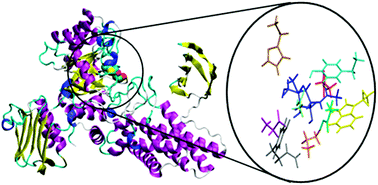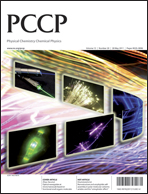Computational evidence for the substrate-assisted catalytic mechanism of O-GlcNAcase. A DFT investigation†
Abstract
A DFT computational investigation of the catalytic mechanism of O-GlcNAcase shows the existence of a substrate-assisted reaction pathway similar to that proposed in the literature on the basis of experimental evidence: the


 Please wait while we load your content...
Please wait while we load your content...